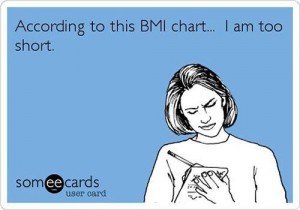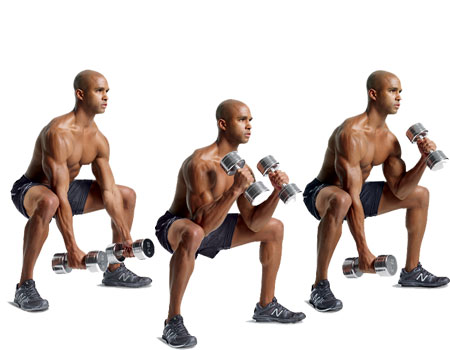 The triceps muscle is composed of three heads – and these need to be trained in a very specific way.
The triceps muscle is composed of three heads – and these need to be trained in a very specific way.
Q: My tricep doesn’t seem to be very responsive. Can you give me some training tips?
A: First, the triceps muscle is one muscle composed of three heads. So, it’s not one head, as in ‘tricep’. All three heads work together when doing any triceps movement. If you performed a ‘tricep’ exercise you would hit only one of the three triceps heads, and that’s not possible!
Properly training
for results
Surprising to some, the triceps muscle takes up two-thirds of your arm space, making it larger than the biceps muscle. Even though your triceps may be the larger of the two arm muscles, it may not be as developed as your biceps. This is actually common because your triceps are located on the back of your arms, sort of out of sight and a lot of people tend to not train the rear body parts as intensely, since they can’t be seen as much.
Now that you know that you have a triceps (a three-headed muscle) muscle and not just a ‘tricep’ (a non-existent one-headed muscle) you need to understand the insertion points so you can train all three heads in the best possible way for maximum development.
Here is how your triceps muscle is broken down.
1. The long head runs down the back of your arm and is the largest of the three heads. It’s also referred to as the inner head.
2. The medial head is positioned on the midline of the triceps, lying deep within the arm. This head is appropriately referred to as the middle head at times.
3. The lateral head is located on the outside of the arm, giving that familiar horseshoe shape that makes your triceps stand out. This head is often referred to as the outer head.
So, what are you supposed to do with that information? Here’s the trick. To build serious mass on your triceps, you need to train each head in a precise order. As the angle of your arms change, the intensity of stress affects the heads differently. It’s not uncommon for trainees to train their lateral head too much and not pay enough attention to the medial and long heads.
The long head
(the belly of the muscle)
The secret is to start with the long head — train that first and work down to the smallest head, the lateral head. What does training in this fashion do? Training with the longest head and working down allows you to put the most intensity and power into the primary head that is responsible for overall size.
When you train the long head, the other two heads will be stimulated either partially or fully, depending on the exercise. Even so, you should start your weight training with an exercise that works the long head of the triceps muscle. Exercises that zone in on the long head are the ones that allow the triceps to stretch fully. When training your triceps, your arm and elbow positions are critical. Usually, any movement over the head allows the long head to be stretched completely. By developing the long head you will build well-rounded triceps with a lot of depth. Exactly what you want!
Below are some triceps exercises that zone in on the long head:
• Skulls/lying triceps extensions/
French press
• Overhead extension (reverse grip too)
• Pushdown using straight bar with a narrow grip
• Close-grip bench press
• Dips
Now, I’m going to share one good little tip on making your triceps training even more effective: it’s all in the thumb. On exercises such as skulls, overhead extensions and pushdowns, shifting your thumb to the same side of your hand where your fingers are (a false grip) will put greater emphasis on your triceps. You see, when you wrap your thumb around the bar, the brachioradialis muscle in the forearm is called upon to keep the thumb in place and this takes the emphasis off of the triceps. Using a false grip keeps the focus on your triceps.
The medial head
A lot of the weight training exercises that stimulate the long head hit the medial head as well. Thus, there’s not a lot of difference in training, as on both you want to get the full stretch with your elbows overhead or out in front of you.
Below are some triceps exercises that zone in on the medial head:
• Close-grip bench press
• Overhead extension
• Skulls
• Pushdown (v-bar or straight bar)
• Reverse grip pushdown
• Dips
The lateral head
Besides training from the long head and working down to the lateral head, there’s no exact format to follow because all three heads work as a team. It’s just that some exercises zone in on one head more than others. That said, here are some triceps exercises that zone in on the lateral head:
• Rope extensions
• Kickbacks
• Pushdowns
• Dips
Your first week do workout 1, your second week do workout 2 and so on. See how your triceps look and feel after this cycle. Below are some triceps training workouts you can try.
Written by: Tristan “Lucky”


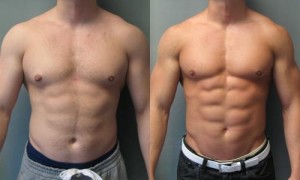
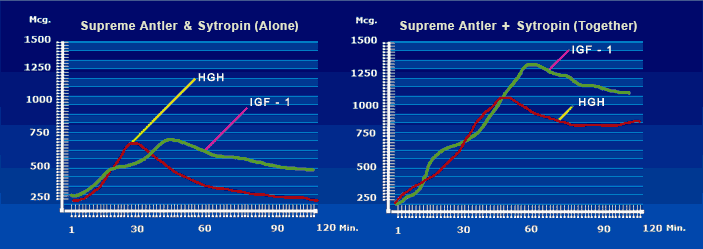

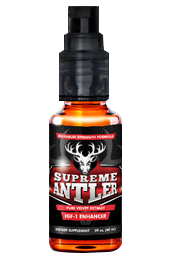




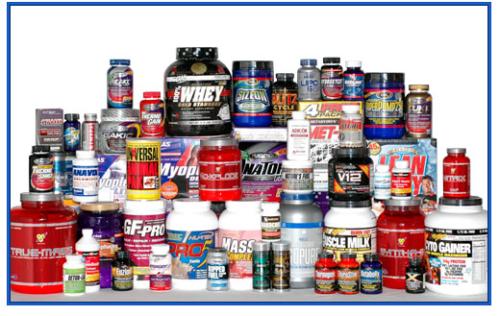
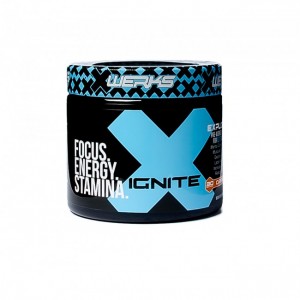
 #2
#2  #3
#3 
